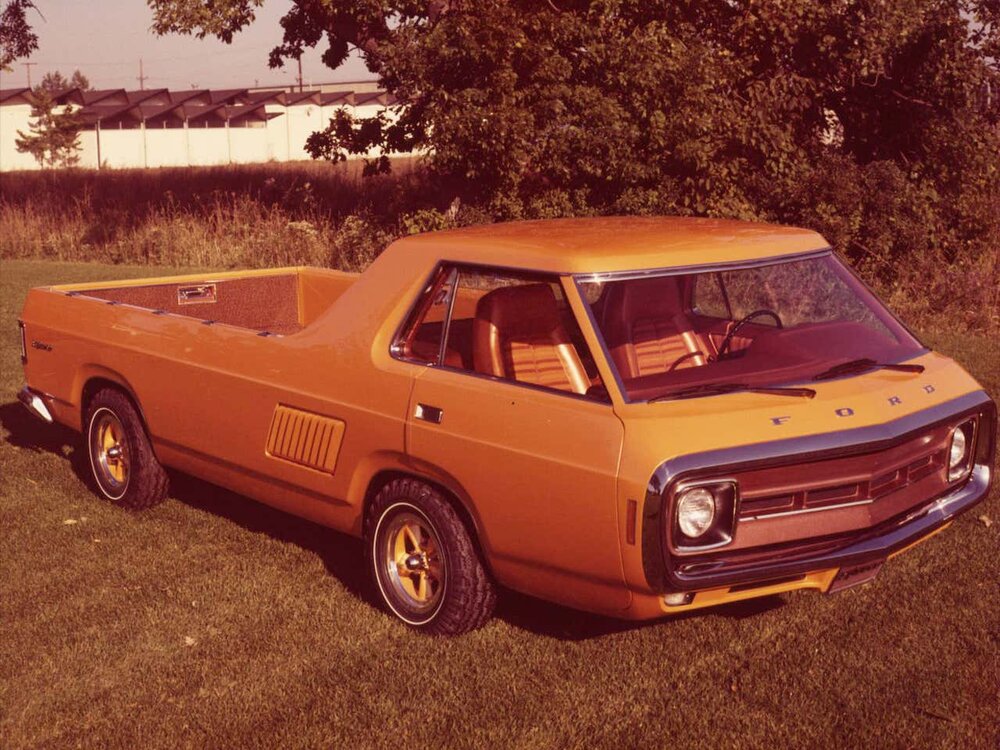In 1990, Ford released the Explorer SUV which we are all familiar with, and which some overlanders have built out for long-term travels. But few are familiar with Ford’s original Explorer model that was made with adventure in mind.

Image: The Drive
After Dodge’s eye-catching, long-bed Deora’s success, Ford unveiled its Explorer at the 1973 Chicago Auto Show. Ford mimicked the Deora’s design in some ways, with a short, forward-leaning cab and long bed, but gave the Explorer some pizzaz of its own. With an orange exterior, orange carpeting and orange vinyl seats, the mini-truck was impossible to miss.

Image: The Drive
PickupTrucks.com, says the Explorer was powered by a “mid-engine, 429-cubic-inch V-8 that was shared with the Ford Thunderbird and Mustang in response to customer complaints that the first generation of forward-control pickups lacked power.” According to The Drive, the bed measured 110.7 inches long and 65 inches wide – perfect for a couple to sleep in, side-by-side. Perhaps the most unique and fun feature of the concept was the pop-up tent that could be stored in the cargo box during travel and set up as a shelter at the end of the day.
READ MORE: DREAM NO MORE, THIS IS FORD’S OVERLAND BRONCO CONCEPT
A fun fact for overlanders, courtesy of PickupTrucks.com: though the 1973 Explorer concept was the first vehicle Ford gave the name to, it was a branding label they had used several years earlier “in 1968 to market a limited-edition “Explorer Special” equipment package for Ford’s pickup trucks. That same year, Ford sent 20 F-Series light-, medium- and heavy-duty pickups on a 3,500-mile trip from the tip of Florida to the tip of Mexico’s Yucatán Peninsula, plus a 130-mile rigorous evaluation run across Texas to prove how tough Ford trucks were in the wild and when scientifically measured.”

Image: The Drive
Sadly, despite its ingenious overlanding potential, the 1973 Ford Explorer never made it into production.
Header Image: The Drive


